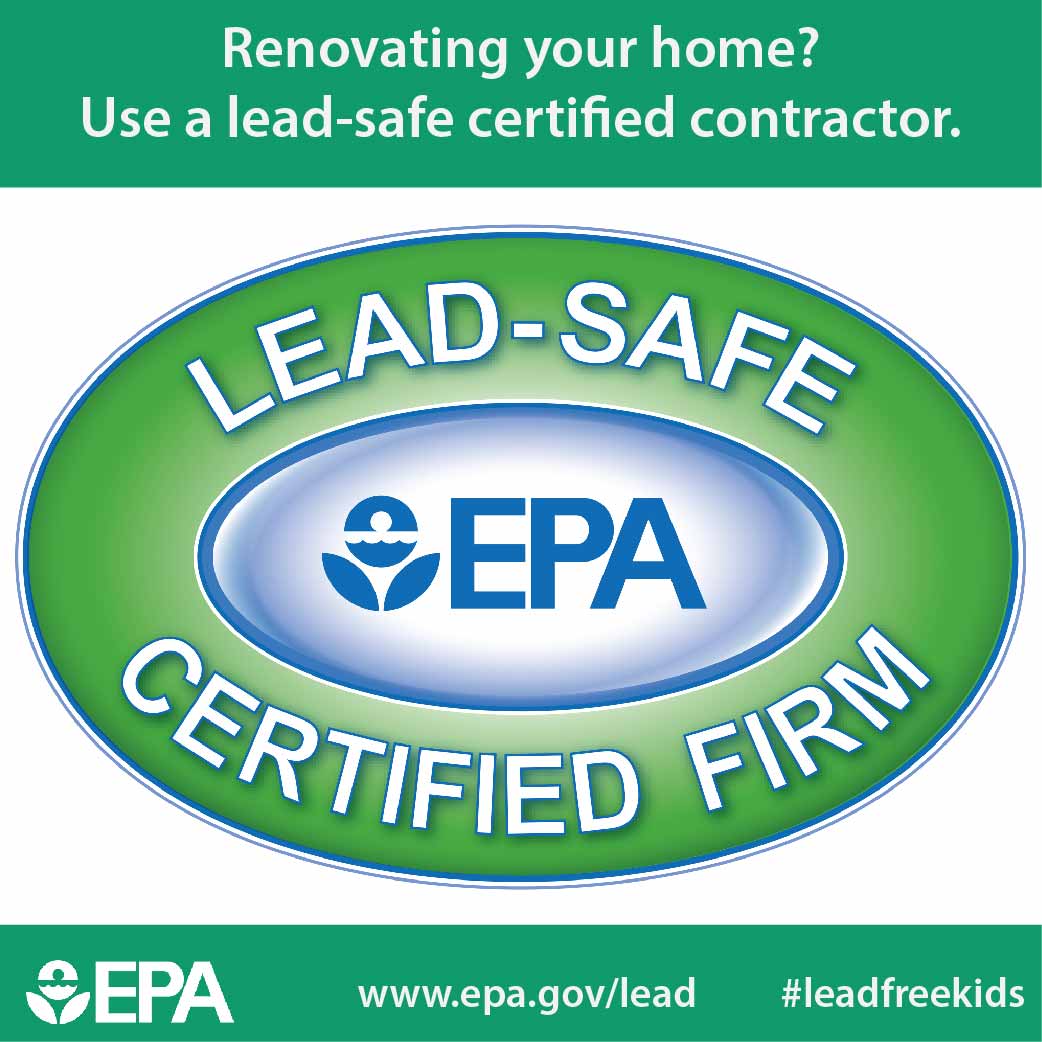Comprehending Seasonal Influences On Commercial Exterior Paint: Crucial Understanding For Success
Comprehending Seasonal Influences On Commercial Exterior Paint: Crucial Understanding For Success
Blog Article
you could try these out By-Fox Urquhart
When you're planning a commercial external painting task, seasonal elements can make or break your outcomes. You'll wish to think about exactly how temperature and humidity effect paint application and drying times. Picking the right season can guarantee your paint adheres appropriately and lasts longer. But which periods are truly the best for this kind of work? Let' painters out the key elements that can influence your job's success.
The Effect of Temperature on Paint Application
When you're preparing a commercial outside paint task, the temperature can significantly affect how well the paint adheres and dries.
Ideally, you wish to repaint when temperature levels vary between 50 ° F and 85 ° F. If metal fence painters 's as well chilly, the paint might not heal appropriately, leading to issues like peeling or fracturing.
On the flip side, if it's as well warm, the paint can dry too promptly, preventing appropriate bond and causing an unequal surface.
You must also consider the moment of day; morning or late afternoon uses cooler temperatures, which can be more desirable.
Always inspect the producer's suggestions for the details paint you're making use of, as they usually offer support on the perfect temperature level variety for ideal results.
Humidity and Its Effect on Drying Times
Temperature isn't the only environmental element that affects your business exterior paint project; humidity plays a considerable duty also. High moisture degrees can slow down drying times dramatically, affecting the general top quality of your paint work.
When the air is saturated with dampness, the paint takes longer to heal, which can lead to problems like poor bond and a greater risk of mildew growth. If you're repainting on a specifically moist day, be planned for prolonged wait times in between coats.
It's essential to monitor regional weather conditions and plan appropriately. Ideally, aim for humidity levels between 40% and 70% for optimal drying.
Maintaining these consider mind ensures your task stays on track and provides an enduring coating.
Best Seasons for Commercial Outside Painting Projects
What's the most effective time of year for your commercial outside paint tasks?
Springtime and early fall are typically your best options. During these seasons, temperature levels are moderate, and humidity levels are often lower, creating excellent problems for paint application and drying out.
Stay clear of summer's intense heat, which can create paint to dry as well swiftly, causing inadequate adhesion and surface. Similarly, winter's cool temperatures can impede correct drying and healing, running the risk of the longevity of your paint job.
Go for days with temperature levels in between 50 ° F and 85 ° F for optimum outcomes. Bear in mind to examine the regional weather report for rainfall, as wet problems can destroy your task.
Planning around these aspects guarantees your painting task runs efficiently and lasts much longer.
Final thought
Finally, preparing your business exterior painting tasks around seasonal considerations can make a significant distinction in the result. By exterior commercial painting during the suitable temperatures and moisture degrees, you'll ensure better bond and drying out times. Keep in mind to keep an eye on local weather prediction and pick the correct time of year-- springtime and early autumn are your best bets. Taking these steps will certainly help you accomplish a sturdy and professional finish that lasts.
